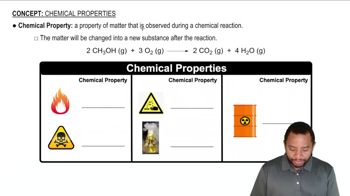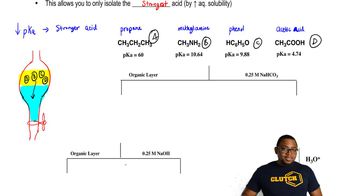Here are the essential concepts you must grasp in order to answer the question correctly.
Chemical Properties of CFCs
Chlorofluorocarbons (CFCs) are stable, non-toxic, and non-flammable compounds that have low boiling points, making them ideal for use as refrigerants, propellants, and solvents. Their chemical stability allows them to remain in the atmosphere for extended periods, which is beneficial for commercial applications but problematic for environmental impact.
Recommended video:
Ozone Layer Depletion
CFCs contribute to ozone layer depletion when they are released into the atmosphere. Once in the stratosphere, UV radiation breaks down CFCs, releasing chlorine atoms that catalyze the destruction of ozone molecules, leading to increased UV radiation reaching the Earth's surface, which can cause health and environmental issues.
Recommended video:
Global Warming Potential (GWP)
CFCs have a high Global Warming Potential, meaning they can trap heat in the atmosphere much more effectively than carbon dioxide. This property, combined with their long atmospheric lifetime, makes CFCs significant contributors to climate change, posing a long-term environmental challenge despite their utility in various applications.
Recommended video:
Kinetic & Potential Energy
 Verified step by step guidance
Verified step by step guidance

